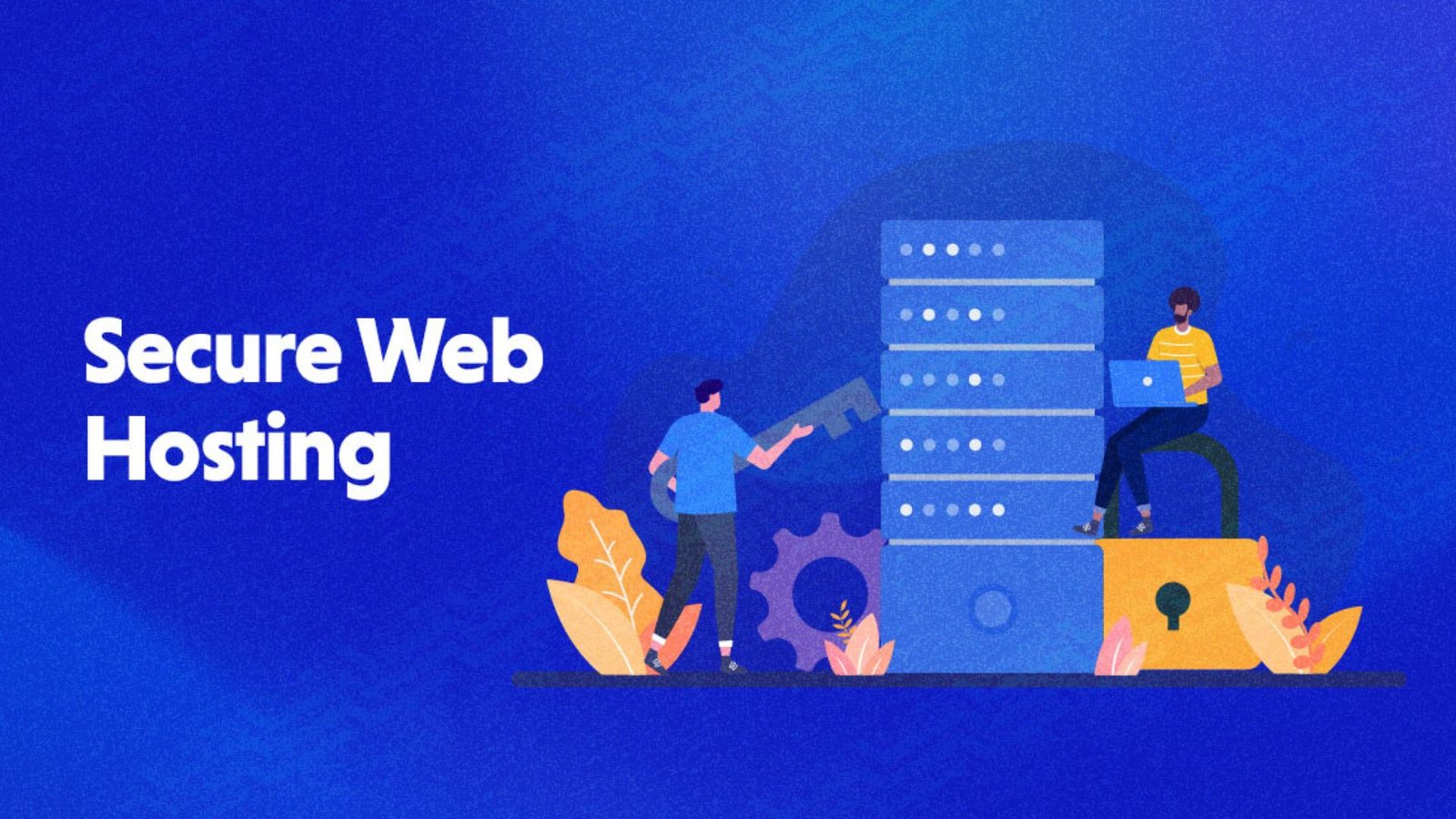Securing your web hosting environment is crucial for protecting your website from potential threats. With the rise of cyber-attacks and data breaches, ensuring your hosting environment is secure helps safeguard your data and maintain the trust of your users. In this guide, we’ll outline practical steps for securing your web hosting environment, so you can keep your site safe and reliable.
1. Choose a Reputable Hosting Provider
Selecting a reliable hosting provider is the first step in securing your web hosting environment. Look for a provider with strong security measures, such as firewalls, DDoS protection, and regular security updates. A reputable provider will have a track record of safeguarding their servers and customer data.

2. Use Strong Passwords
Weak passwords are a common vulnerability in web hosting environments. Use complex, unique passwords for all accounts associated with your hosting environment. This includes your hosting control panel, databases, and FTP accounts. Strong passwords are essential for securing your hosting environment against unauthorized access.
3. Enable Two-Factor Authentication (2FA)
Two-factor authentication (2FA) adds an extra layer of security. By requiring a second form of verification, such as a code sent to your phone, 2FA helps protect your accounts from unauthorized access. Enabling 2FA is a crucial step in securing your hosting environment.
4. Keep Software Updated
Regular updates to your website’s software, including plugins and themes, are vital for security. Always install the latest updates and patches to protect your site and enhance the security of your web hosting environment.
5. Use SSL Certificates
SSL (Secure Socket Layer) certificates encrypt data transmitted between your website and its visitors. This encryption helps protect sensitive information, such as login credentials and payment details. Installing an SSL certificate is essential for securing your hosting environment and building trust with your users.
6. Implement Firewalls
Firewalls act as a barrier between your web hosting environment and potential threats. They filter incoming and outgoing traffic to block malicious activity.
7. Regularly Backup Your Data
Data backups are crucial for recovering from any security incidents. Regularly back up your website’s data, including files and databases. Store backups in a secure location, separate from your main hosting environment, to ensure you can quickly restore your site if needed.
8. Monitor for Suspicious Activity
Active monitoring helps detect potential security threats in real time. Use monitoring tools to track login attempts, file changes, and unusual activity. Regular monitoring allows you to respond quickly to any issues and is a key component in securing your hosting environment.
9. Limit User Access
Restrict access to your hosting environment to only those who need it. Use the principle of least privilege to ensure that users have only the permissions necessary for their roles. Limiting user access helps reduce the risk of internal threats and maintains a secure web hosting environment.
10. Secure Your Database
Database security is a critical aspect of securing your hosting environment. Use strong passwords for database accounts, limit access to authorized users only, and regularly update database software.
11. Disable Unnecessary Services
Turn off any services or features you do not use. Unnecessary services can create vulnerabilities that attackers might exploit. By disabling unused services, you reduce potential entry points and enhance the security of your web hosting environment.
12. Use Secure File Permissions
File permissions control who can access and modify files on your server. Set permissions to the minimum required level and regularly review them. Secure file permissions help protect your website’s files from unauthorized changes and are crucial for securing your hosting environment.
13. Implement Security Plugins
Many content management systems (CMS) offer security plugins that enhance your site’s protection. These plugins can add features such as malware scanning, firewall rules, and login protection. Utilizing security plugins is an effective way to bolster your web hosting environment’s defences.
14. Educate Yourself and Your Team
Understanding security best practices is essential for maintaining a secure web hosting environment. Stay informed about the latest threats and educate your team on security protocols. Regular training helps ensure that everyone involved in managing your website follows best practices for security.
15. Review Security Policies Regularly
Regularly review and update your security policies to address new threats and vulnerabilities. Ensure that your security measures evolve with changing technology and threat landscapes. Ongoing policy reviews help maintain a robust security posture for your web hosting environment.
Conclusion
Securing your web hosting environment involves a combination of proactive measures, including choosing a reputable provider, using strong passwords, and implementing firewalls. By following these strategies, you can protect your website from threats and ensure that your web hosting environment remains safe and reliable.




